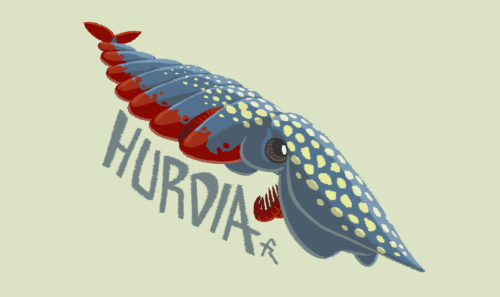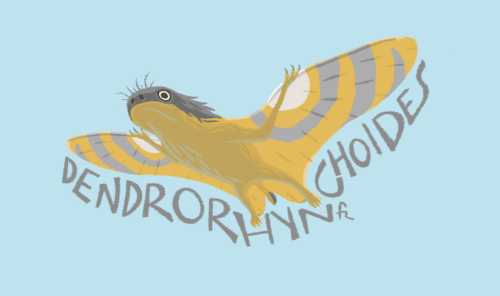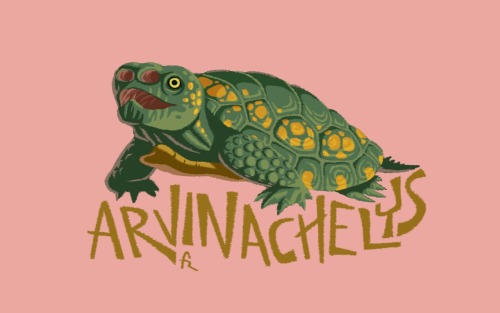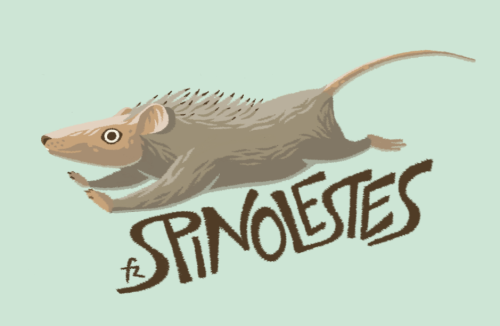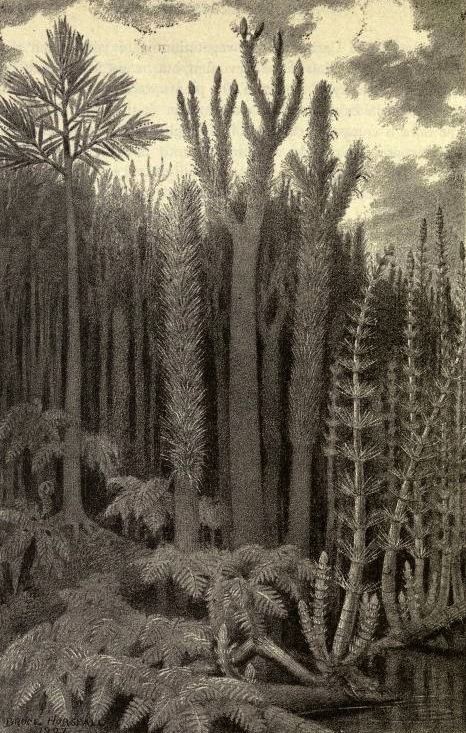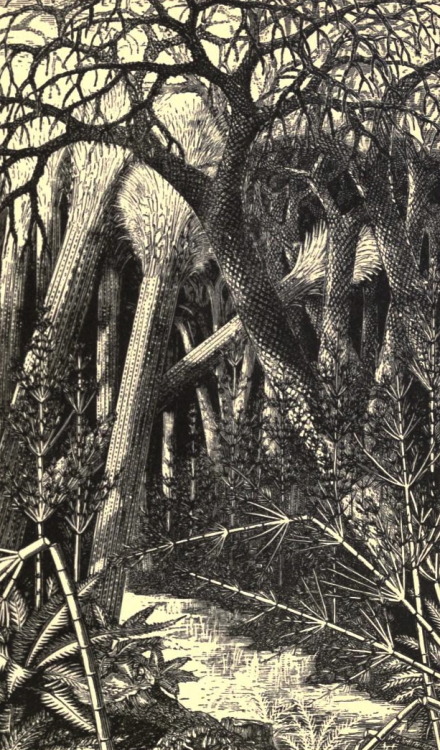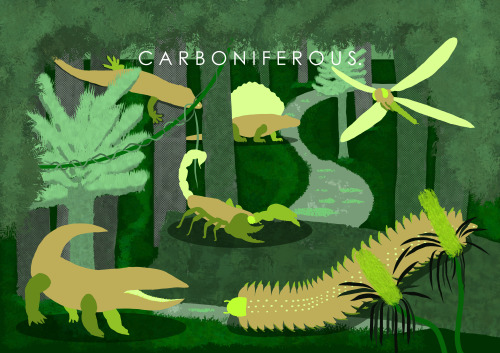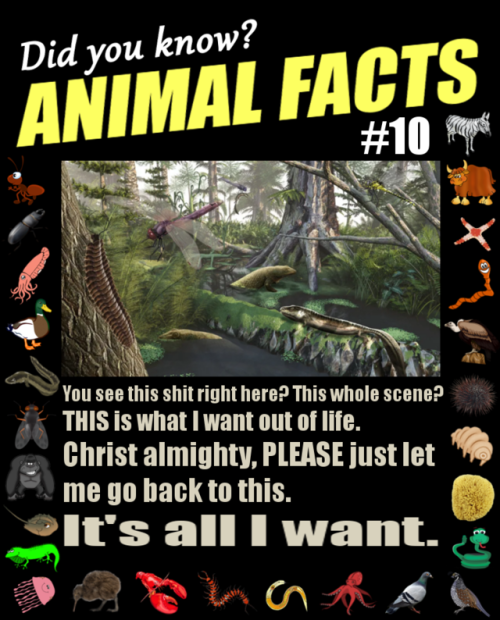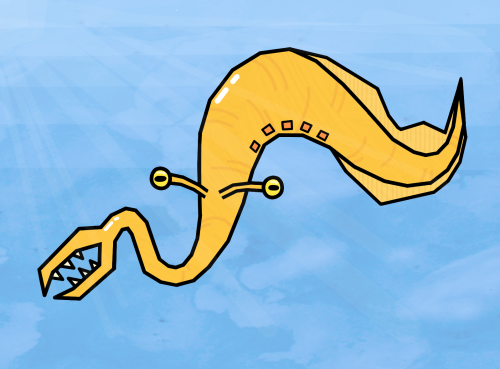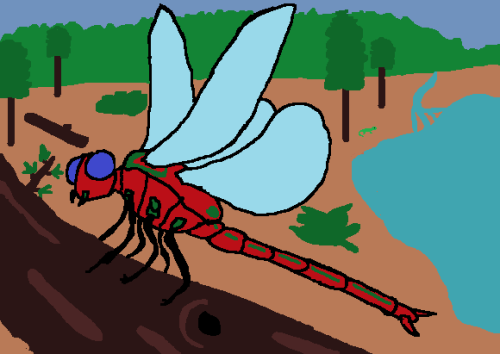#carboniferous
Carboniferous friends.
Lineart is available to color under CC BY-NC 3.0 license.
[img id=Digital artwork depicting a slice of the Carboniferous period, 359.2-299 million years ago. A logo at the top of a globe with a ribbon encourages viewers to ‘spot 'em all!’. The digital artwork contains over 250 Carboniferous organisms with lots of different colors and textures. The artist’s favorite organisms here are the shark with a pillar full of teeth on its head (stethacanthus), the 6-foot long centipede (Arthropleura), and edaphosaurus, an early synapsid with a big frill on its back. The organisms are displayed on a pre-Pangea map and large artistic conveniences were taken with regards to which things lived in Antarctica during the Carboniferous. Apologies for not listing every single organism, but rest assured, if you have a favorite animal or plant from the Carboniferous, it’s probably here somewhere!
The second image is the same as the first, only it’s just lines, and ready for coloring. /end img id]
Post link
#carboniferous #winter #eifel #woods (à Rursee, Nationalpark Eifel)
https://www.instagram.com/p/CYEcm2MtHL6/?utm_medium=tumblr
Post link
Ophiacodon
Mounted specimen on display at the American Museum of Natural History, NYC.
Reconstruction by Dmitry Bogdanov
When: Late Carboniferous to Early Permian (~305 - 280 million years ago)
Where: North America
What:Ophiacodon is a basal synapsid, meaning it is more closely related to mammals than modern reptiles. It was a fearsome predator of its day, with a long snout (over half of its skull length) full of pointy teeth. These teeth are so sharp that they are reminicent of the fangs of snakes - the name Ophiacodon means ‘Snake Tooth’. Ophiacodon reached up to 10 feet (~ 3 meters) in length and is thought to have preyed upon its fellow tetrapods rather than insects, as many previous predators focused on.
Ophiacodon occurs very early in synapsid evolutionary history, it is even more basal than the ’sailbacks’; almost at the base of the spilt between the major living aminote clades. Ophiacodon is part of the group Ophiacodontidae, which ranged from Mid Carboniferous to the Early Permian. About a half dozen genera are known for this group, and they all were good sized predators. Ophiacodontids and other basal synapsid clades were once grouped together under the name pelycosaurs, however, this group is not monophyletic/a natural group. That means that some synapsids that were held as pelycosaurs are more closely related to mammals than they are to other 'pelycosaurs’. 'Pelycosaurs’ can be though of as an evolutionary grade in the synapsid lineage; these are the members of our group that more closely resemble reptiles - they had sprawling gaits and their their teeth were not differentiated - there is not even a distinct canine. Ophiacodon and its kin are assuredly synapsids, however, as shown by the single opening behind their eye sockets - their single temporal fenestra.
Post link
Paisagem do período carbonífero, com uma Meganeura e alguns anfíbios.
Carboniferous period scene, featuring a Meganeura and some amphibians.
Ludek Pesek.
Post link
The water is like a blanket in the morning; it comforts and soothes, presses slight weight on the body, and envelops in a way that brings a primal comfort. Had Diplocaulus the memories, it might liken the pond to the warm fluids in which it swam within the jelly-egg from which it once hatched.
Post link
Dun Briste sea stack, Mayo, Ireland [3410 x 5115] [OC] [IG: compositionsbyciaran] via /r/EarthPorn https://ift.tt/2XhOAj3
Post link
The Brain Scoop:
Fossils in the Floor
A love letter from me, to the little details in life that bring us together across space and time.
My #Dinovember without dinosaurs 7-12 More on my FB page: https://www.facebook.com/Franxurio/ and Instagram instagram.com/franxurio
Post link

If I had a time machine, the first place I would visit would be the Carboniferous. Spanning from 358.9 to 298.9 million years ago, this was a strange time in Earth’s history. The continents were jumbled together into two great landmasses - Laurasia to the north and Gondwana to the south and the equatorial regions were dominated by humid, tropical swamps. To explore these swamps would be to explore one of the most alien landscapes this world has ever known.
The Carboniferous was the heyday for early land plants. Giant lycopods, ferns, and horsetails formed the backbone of terrestrial ecosystems. By far the most abundant plants during these times were a group of giant, tree-like lycopsids known as the scale trees. Scale trees collectively make up the extinct genus Lepidodendron and despite constantly being compared to modern day club mosses (Lycopodiopsida), experts believe they were more closely related to the quillworts (Isoetopsida).
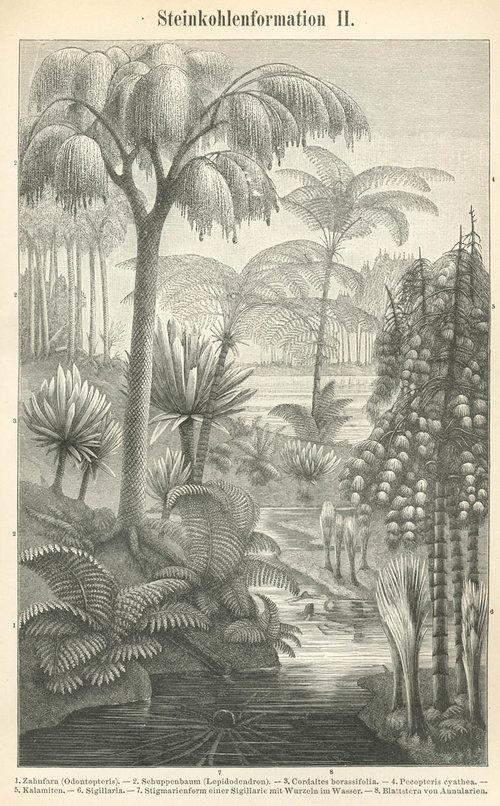
It is hard to say for sure just how many species of scale tree there were. Early on, each fragmentary fossil was given its own unique taxonomic classification; a branch was considered to be one species while a root fragment was considered to be another and juvenile tree fossils were classified differently than adults. As more complete specimens were unearthed, a better picture of scale tree diversity started to emerge. Today I can find references to anywhere between 4 and 13 named species of scale tree and surely more await discovery. What we can say for sure is that scale tree biology was bizarre.
The name “scale tree” stems from the fossilized remains of their bark, which resembles reptile skin more than it does anything botanical. Fossilized trunk and stem casts are adorned with diamond shaped impressions arranged in rows of ascending spirals. These are not scales, of course, but rather they are leaf scars. In life, scale trees were adorned with long, needle-like leaves, each with a single vein for plumbing. Before the started branching, young trees would have resembled a bushy, green bottle brush.

As scale trees grew, it is likely that they shed their lower leaves, which left behind the characteristic diamond patterns that make their fossils so recognizable. How these plants achieved growth is rather fascinating. Scale tree cambium was unifacial, meaning it only produced cells towards its interior, not in both directions as we see in modern trees. As such, only secondary xylem was produced. Overall, scale trees would not have been very woody plants. Most of the interior of the trunk and stems was comprised of a spongy cortical meristem. Because of this, the structural integrity of the plant relied on the thick outer “bark.” Many paleobotanists believe that this anatomical quirk made scale trees vulnerable to high winds.
Scale trees were anchored into their peaty substrate by rather peculiar roots. Originally described as a separate species, the roots of these trees still retain their species name. Paleobotanists refer to them as “stigmaria” and they were unlike most roots we encounter today. Stigmaria were large, limb-like structures that branched dichotomously in the soil. Each main branch was covered in tiny spots that were also arranged in rows of ascending spirals. At each spot, a rootlet would have grown outward, likely partnering with mycorrhizal fungi in search of water and nutrients.

Eventually scale trees would reach a height in which branching began. Their tree-like canopy was also the result of dichotomous branching of each new stem. Amazingly, the scale tree canopy reached staggering heights. Some specimens have been found that were an estimated 100 ft (30 m) tall! It was once thought that scale trees reached these lofty heights in as little as 10 to 15 years, which is absolutely bonkers to think about. However, more recent estimates have cast doubt on these numbers. The authors of one paper suggest that there is no biological mechanism available that could explain such rapid growth rates, concluding that the life span of a typical scale tree was more likely measured in centuries rather than years.
Regardless of how long it took them to reach such heights, they nonetheless would have been impressive sites. Remarkably, enough of these trees have been preserved in situ that we can actually get a sense for how these swampy habitats would have been structured. Whenever preserved stumps have been found, paleobotanists remark on the density of their stems. Scale trees did not seem to suffer much from overcrowding.

The fact that they spent most of their life as a single, unbranched stem may have allowed for more success in such dense situations. In fact, those that have been lucky enough to explore these fossilized forests often comment on how similar their structure seems compared to modern day cypress swamps. It appears that warm, water-logged conditions present similar selection pressures today as they did 350+ million years ago.
Like all living things, scale trees eventually had to reproduce. From the tips of their dichotomosly branching stems emerged spore-bearing cones. The fact that they emerge from the growing tips of the branches suggests that each scale tree only got one shot at reproduction. Again, analyses of some fossilized scale tree forests suggests that these plants were monocarpic, meaning each plant died after a single reproductive event. In fact, fossilized remains of a scale tree forest in Illinois suggests that mass reproductive events may have been the standard for at least some species. Scale trees would all have established at around the same time, grown up together, and then reproduced and died en masse. Their death would have cleared the way for their developing offspring. What an experience that must have been for any insect flying around these ancient swamps.

Compared to modern day angiosperms, the habits of the various scale trees may seem a bit inefficient. Nonetheless, this was an extremely successful lineage of plants. Scale trees were the dominant players of the warm, humid, equatorial swamps. However, their dominance on the landscape may have actually been their downfall. In fact, scale trees may have helped bring about an ice age that marked the end of the Carboniferous.
You see, while plants were busy experimenting with building ever taller, more complex anatomies using compounds such as cellulose and lignin, the fungal communities of that time had not yet figured out how to digest them. As these trees grew into 100 ft monsters and died, more and more carbon was being tied up in plant tissues that simply weren’t decomposing. This lack of decomposition is why we humans have had so much Carboniferous coal available to us. It also meant that tons of CO2, a potent greenhouse gas, were being pulled out of the atmosphere millennia after millennia.

As atmospheric CO2 levels plummeted and continents continued to shift, the climate was growing more and more seasonal. This was bad news for the scale trees. All evidence suggests that they were not capable of keeping up with the changes that they themselves had a big part in bringing about. By the end of the Carboniferous, Earth had dipped into an ice age. Earth’s new climate regime appeared to be too much for the scale trees to handle and they were driven to extinction. The world they left behind was primed and ready for new players. The Permian would see a whole new set of plants take over the land and would set the stage for even more terrestrial life to explode onto the scene.
It is amazing to think that we owe much of our industrialized society to scale trees whose leaves captured CO2 and turned it into usable carbon so many millions of years ago. It seems oddly fitting that, thanks to us, scale trees are once again changing Earth’s climate. As we continue to pump Carboniferous CO2 into our atmosphere, one must stop to ask themselves which dominant organisms are most at risk from all of this recent climate change?
Photo Credits: [1][2][3][4][5][6][7]
Further Reading: [1][2][3][4][5][6][7][8][9][10][11][12][13][14]

(fossils found in) North America, Europe//Early Carboniferous (360 million years ago) // Cartilaginous Fish//image source
Fun Fact: Stethacanthus had enlarged denticles (small spikes found on all shark skin, akin to scales) on its head and unique, flat-topped dorsal fin.
Carboniferous forest scenes by Heinrich Harder, Bruce Horsfall, & W. C. Smith
The Carboniferous is a panoply, an exhibition, a theater of increasing complexity, a demonstration of verdant braggadocio in which amphibians lurk and arthropods achieve hallucinatory measurements. The animals sing and chirp and croak and bellow, splash in the water and feed on each other, they grow and mate and fight and die, but their part in the forest is only a fraction of the symphony here. The green kingdom has its own drama, its own conflicts, kinships, and hymns; it is not passive. Its members also grow and mate and fight and die, but at speeds an animal cannot see and with means an animal cannot notice. Instead of songs, the plants communicate with chemicals—three thousand of them—in a vocabulary unknown and unsensed by eyes and ears, but felt on the tongue when leaves turn bitter or saps run toxic, invisible messages made of methanol, formaldehyde, tannins, caffeine, and terpenoids released into the air to dissuade herbivores, attract plant-eater predators, or alert the forest in a botanic siren that spreads between leaves and branches, roots and buds—a system of communication without sight or sound, where compounds are signals and chemicals are words.
-Benjamin Chandler
Post link
Sigillaria – Late Devonian-Late Permian (383-254 Ma)
I know I’ve faked you out before, but today’s animal really isn’t an animal. It’s our very first venture into paleobotany, in the form of a plant named Sigillaria. For those who don’t know much about prehistoric plants (including myself before researching this), the idea of talking about a fossil plant might sound boring, but I promise, there are a lot of interesting things to know about plants, especially plants from the Paleozoic Era.
One of the most important landmarks in the Paleozoic was the invasion of land. For the first 100 million years of the Phanerozoic Eon, life was found only in the water. The land was completely devoid of life, the atmosphere barren and inhospitable. Plants were the first organisms to come ashore, and, while there’s a lot to talk about there, that’s a tangent for another genus. The main idea here is that plants got on land first, and plants are hardy sons of bitches. You can find plants almost anywhere. I work at a farm supply store, and we have torn bags of mulch with plants growing out of them. They aren’t particularly picky. This is pretty evident in the fossil record, where plants arrived on land and almost immediately diversified and conquered it all. Animals took much longer to catch up. By the time vertebrates were first starting to flop onto the shores of lakes, terrestrial plants were huge. It would be a long time before large herbivores would evolve, and in the meantime, those huge plants covered the surface of the earth, leading to the humid, global rainforests of the Carboniferous period. These rainforests looked quite different from the ones we know today. Sigillaria was one of the plants that made up this alien blanket of vegetation, and it shows up quite a lot in the fossil record.
This may look like a tree, but it’s actually a lycopod, placing it closer to club mosses and quillworts. It wasn’t woody, either, instead supported by jury-rigged leaf bases right under the surface of its trunk. Those leaf bases left imprints on the trunk and resulted in the pattern on the surface, which was different from species to species. Most Sigillaria specimens have only one branch of leaves. Forked trunks are pretty rare, but I drew one with a fork because it’s neat.
Sigillaria reproduced with spores, like ferns. Spore-bearing plants can only live in humid environments, but since the Carboniferous was pretty much a big sauna, this wasn’t much a problem. It was found mostly in floodplains or swamps As those biomes shrank, Sigillaria’s presence in the fossil record dwindled more and more, before finally disappearing during the Permian-Triassic extinction event. The more late Paleozoic animals I cover, the more the Great Dying is put into perspective. So many groups of animals and plants were lost that there’s almost no overlap in biota between Permian and Triassic rocks.
That being said, Sigillaria was a hanger-on from the Carboniferous. Big lycopods were a diverse group back then, but towards the end of the period, the earth grew colder. The earth became drier and the global rainforests started to shrink. This event is called, fittingly enough, the Carboniferous Rainforest Collapse. It wasn’t a large enough extinction event to be one of the big ones, but it caused changes that affected everything on earth. Swamps were hit the hardest, but since Sigillaria wasn’t exclusively a swamp-dweller like most of its cousins, it was able to hang on until things got really hard. That rainforest collapse was a huge part of why we have so much coal today, by the way. Places like Pennsylvania that have a whole bunch of coal also have a whole bunch of Caboniferous fossils.
You wanna know something else weird about this plant? Trees live for a long time, right? They live on a timescale that can be hard to think about, sometimes. Sigillaria, though, only lived for about 10-15 years, and might have died after reproducing. This probably means they grew really, really quickly. Imagine planting a tree after seeing Revenge of the Sith in theaters, and then having a 100ft (30m) plant in your backyard by the time The Force Awakens came out. And then it died. Such is life, I guess.
Post link
Eophrynus – Late Carboniferous (318-299 Ma)
Today, we’re going back to the Carboniferous period! If you’ve been following this blog for a while, you might remember Westlothiana, a little amphibian and/or reptile* that looked a little like a lizard. As I said back then, vertebrates were only just getting started on land. They were mostly small, skittering animals. Arthropods, though, were a different case. They first arrived on land in the Silurian period, almost 60 million years before fish took their first soggy, awkward steps onto land. Arthropods were the first animals in earth’s history to fly, and had set up shop pretty firmly by the Carboniferous period.
The earth was wetter and covered in rainforests back then. There was also a lot more oxygen in the air. Insects and other arthropods have very simple respiratory systems. Air flows into their bodies through openings in their exoskeletons called spiracles, then makes its way into the air sacs and distributed accordingly. This is all I know about arthropod breathing. But, this system is much less efficient than the one seen in vertebrates. It puts a size cap on terrestrial arthropods. If they get too big, the air can’t flow through their bodies, and they can’t breathe. But, in the Carboniferous, arthropods were able to get HUGE, thanks to the increased oxygen content of the air. And Eophrynus is… not one of them.
No,Eophrynus is around an inch long (2.5cm, for you non-yanks). It’s a little arachnid from the late Carboniferous. It’s is a Trigonotarbid, an order of arachnids that lived from the late Silurian until the early Permian. They were closely-related to spiders, but slightly more archaic. They were shaped similarly, but didn’t make silk, and their front pair of limbs—called pedipalps—weren’t modified into claws or pincers. Also, there’s no evidence they used them to deliver sperm into females, which is apparently something spiders have been doing for a while.
It’s a little hard to say exactly how closely or distantly they were related. Arachnids are hard to sort phylogenetically, partially because they all share a very similar body plan. We can usually say if they’re closer to spiders or scorpions, but we haven’t quite figured out much beyond that. We have theories, sure, but it’s not quite set in stone. Well, it’s the fossil record, so, it’s… You know what I mean.
Anyway, like most arachnids, Eophrynus was a predator. It lived on the forest floor, and used its long legs to chase down other, smaller arthropods. But, of course, being a tiny arthropod, it was probably eaten by small amphibians and reptiles. Its abdomen was lined with protective spikes in an attempt to keep this from happening, but let’s be real, if something wants to eat you badly enough, it will. Look at Koalas and Eucalyptus, or Mongooses and venomous snakes. Animals are buckwild.
That’s our animal for today! I’ve talked about invertebrates a few times on this blog, but they’ve always been marine. Marine invertebrates are my favorite group of animals, and I think my bias has been a little clear here.
And, I’ll talk about giant Carboniferous insects soon, I promise. I like them, too. I just want to give the lesser-known, more mundane animals their time to shine, too.
*Mspaleoart drinking game: take a shot every time I mention how wack taxonomy is
Post link
Meganeura – Late Carboniferous (305-299 Ma)
Remember a while ago, when I talked about big Carboniferous arthropods, and then proceeded to talk about a tiny one? And then at the end, promised to talk about the big ones ‘soon’? Well, it’s finally time. This is one of my favorite insects of all time, and one that was really, really fun to draw.
Meganeura, (‘large nerve,’) was one of the biggest flying insects ever. Its wingspan ranged from 25-28 inches (65-70 centimeters). This is an insect the size of a crow, as David from the Common Descent Podcast put it. It’s a member of a clade called Meganisoptera, or griffinflies, and are closely-related to dragonflies and mayflies. Meganeura is an unusually well-preserved insect. Its name comes from the fact that several of its fossils clearly shows the veins of its wings. This is what we paleoinvertebrate enthusiasts call a Big Deal™. And look at the detail of those segments, and even the head, which is unusual for Meganisopteran fossils.
I discussed this the last time I talked about a Carboniferous arthropod, but the Carboniferous and very early Permian are the only time insects got this huge. Afterwards, they never got quite this big again. That’s likely because the Carboniferous atmosphere contained around 33% oxygen content, whereas now it’s only 21%. Arthropods have no lungs. Air flows through openings in their body called spiracles, and is then carried through their respiratory system and distributed through the body directly. The movement of the different segments of their body also helps move oxygen. They don’t inhale or exhale, and they don’t have blood as we know it. It doesn’t carry oxygen, and functions more like our lymphatic fluid.
If this sounds dumb and impractical, it’s actually way more efficient for small animals. It’s a lot less effort than active respiration. Small vertebrates are always breathing so quickly, but arthropods are just fine. The downside is, they can only get so big, since they need a certain amount of ambient oxygen or they just can’t breathe. But the Carboniferous offered exactly that, and thusly, we have monstrosities like Meganeura and its pals.
There is some controversy to this idea, though. Similarly-sized Meganisopterans lived into the Permian, when the oxygen content appears to be much closer to that of today. Scientists also point to a lack of flying vertebrates, giving insects license to party in the sky.
This was a predatory insect, if ever there was one. It ate other insects for the most part, but also ate small amphibians and reptiles if it could get ahold of them. The key phrase there is, “if it could get ahold of them.” Although its living cousins are speedy little fighter jets who can quickly zip and weave, Meganeura was a slower, more powerful ambush hunter. Its eyes were similar in shape to those of modern Hawker dragonflies, which hunt by watching the air overhead and leaping from its perch to snatch flying prey. They were adapted more for hunting in open areas, rather than the dense undergrowth so characteristic of the Carboniferous.
These wings were powerful—modern dragonflies and mayflies fly with what’s called direct flight. This means they have muscles attached directly to their wings, whereas plenty of other insects fly by flexing their bodies to indirectly move their wings. Meganeura probably moved its wings like dragonflies, and that probably allowed it to get so big while retaining its flight and lifestyle. We don’t know for sure how quickly it beat its wings, but they may have sounded something like this.
In summary, this was an insect that acted a lot like a dragonfly, only gigantic. It was a dragonfly that could eat lizards, and whose nymphs were active hunters of small fish and amphibians. This backwards world, where bugs eat fish and are the biggest terrestrial organisms, is part of what makes paleontology so exciting. Everything about Meganeura reads like a description of a sci-fi monster. This is a huge part of why I love the Paleozoic so much, too. It was the slow windup to modern conventions and ecosystems, and in the meantime, pretty much anything went. Bugs could be giant apex predators, and that was just fine.
Also, I did base its color scheme off Yanma and Yanmega, which are two of my favorite Pokemon.
******************************************************************************
Buy me a Coffee, if you’d like!
Post link



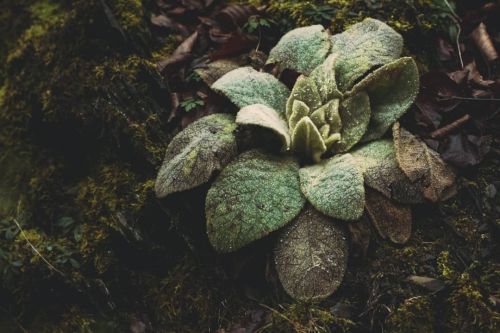


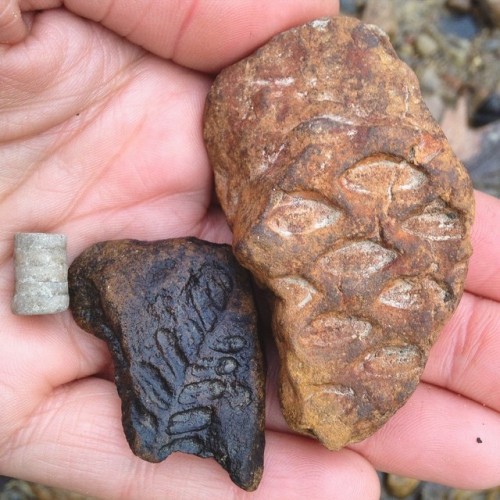
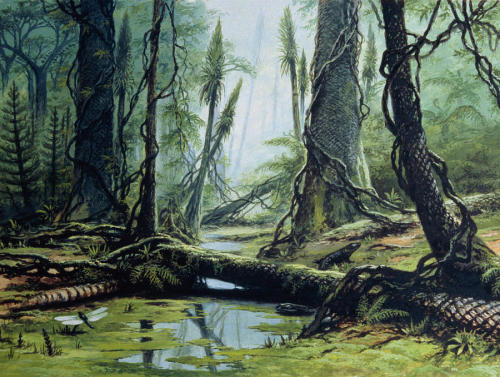

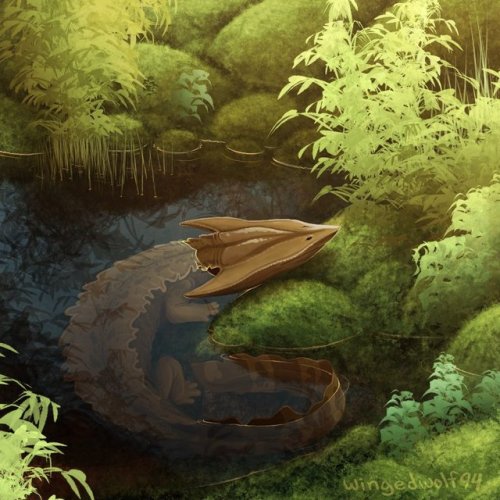


![entertainmentnerdly: Dun Briste sea stack, Mayo, Ireland [3410 x 5115] [OC] [IG: compositionsbyciara entertainmentnerdly: Dun Briste sea stack, Mayo, Ireland [3410 x 5115] [OC] [IG: compositionsbyciara](https://64.media.tumblr.com/a2d26aa64687b93084dcf2b1b2cd4f21/beb98797a496a268-56/s500x750/2755572ae447e5026894098fb976be00e6071378.jpg)
